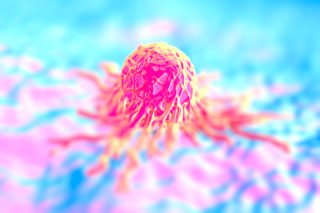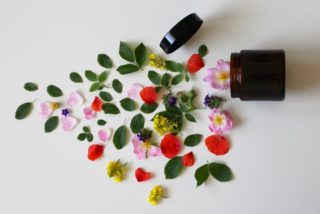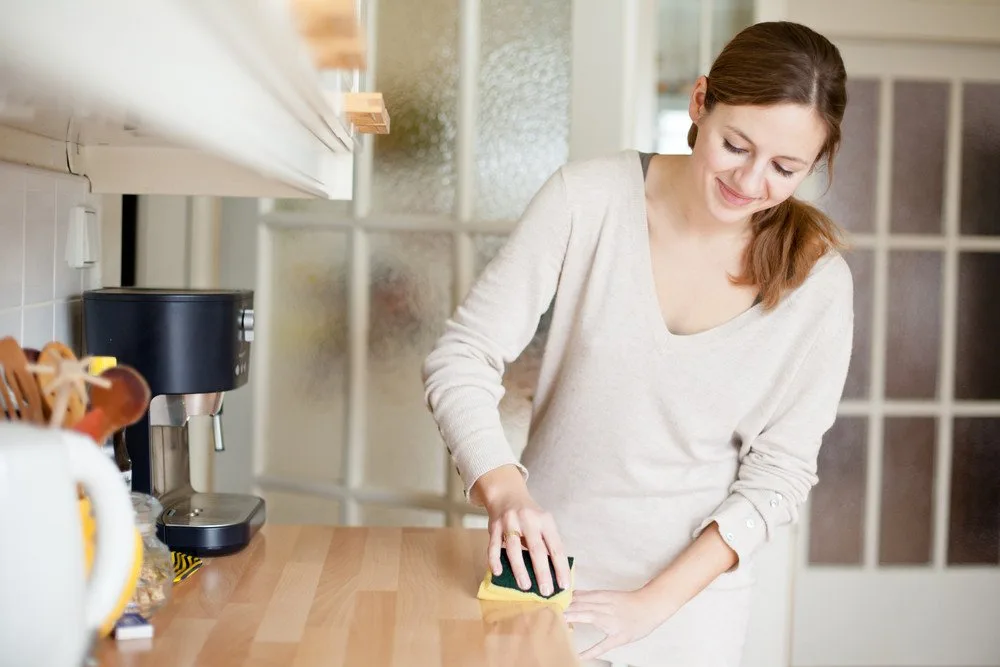Toxins in skincare, agriculture, and air pollution get a lot of air time. You would no doubt have heard strange-sounding names like phthalates, chlorpyrifos, parabens, and propylene glycol flung around. These names are becoming more recognizable each day. But when it comes to the harmful ingredients in your cleaning products, would you be able to name those?
Everyone has their favorites when it comes to the brands you opt for to have a clean household. However, even if you have been using a particular brand for decades, they can contain a wide range of toxins. Even those that fall within the rules of regulation.
Our homes are supposed to be our safest spaces, where we spend a large amount of our time.
So how are we getting poisoned by the very products that are supposed to remove the dirt from our lives?

For one thing, the US doesn’t exactly have a very stringent way of approving cleaning products or the toxins they can contain. The Environmental Protection Agency demands that makers disclose ingredients that are considered to be active disinfectants or potentially harmful, according to Scientific American. However, there are a few loopholes in this situation. Sloan Barnett is a consumer advocate and author of Green Goes with Everything. Speaking to Scientific American, she expressed concern about the fact that makers aren’t eager to reveal the truth about everything that is in their products.
Chemicals of known concern
“The government only requires companies to list ‘chemicals of known concern’ on their labels. The keyword here is ‘known’,” she says. “The fact is that the government has no idea whether most of the chemicals used in everyday cleaning products are safe because it doesn’t test them, and it doesn’t require manufacturers to test them either.”
She explains that if they want to get chemical companies to show that their products are safe, the EPA needs to be able to show that there is a real health risk to people if they use a specific product. This is under the terms of 1976’s Toxic Substances Control Act. This takes a lot of time and resources to do. Because they receive on average about 2000 new applications for approval per year, the EPA cannot keep up. In a recent study, EWG discovered that most of the applications submitted to the EPA were approved within three weeks. Half of these were unable to provide any information on the toxicity contained by the product.
The result of high exposure to hazardous chemicals and toxins
It’s important to understand that our skin can absorb practically any particles that have direct contact with it. When this happens and these particles move through the dermal layers, they end up in the bloodstream. In addition, hazardous chemicals and toxins are everywhere. They are in our food as a result of pesticides and preservatives, in the air due to pollution, in the skincare and cosmetic products we use. So what are the health risks associated with toxic ingredients in cleaning products?
1. Asthma and other respiratory diseases

Toxins and Allergies
For people who already have asthma, air contaminants can be very irritating to their respiratory systems. In 2009, researchers conducted a study to measure the worsening symptoms in asthmatic women following household cleaning tasks. Jonathan Bernstein, a physician and leading asthma and allergy researcher at the University of Cincinnati College of Medicine, led the study. Moreover, the U.S. Centers for Disease Control and Prevention states that between 2001 and 2010, asthma prevalence has increased from 7.3% to 8.4%.
For healthy people, cleaning products containing toxins can result in asthmatic symptoms to develop. In another study that spanned more than 10 countries and involved more than 3500 people, the results are staggering. Initially, none of the individuals suffered from asthma. The participants then used employed spray cleaners in their homes once a week. Their risk of developing asthma rose to between 30 and 50%. The cleaning products included predominately glass cleaners, furniture cleaning sprays, and air fresheners.
Recently, EWG assessed over 2000 cleaning products.
The results showed that 438 of these products have at least one item identified by the AOEC as an asthmagen. Examples include formaldehyde, sodium hypochlorite (also known as bleach), and sulfuric acid. Asthmagens are chemicals that can cause asthma to develop in healthy people. If this is the case, why would you want these in your home?
2. Cancer and toxins

In 2010, a study published in the online journal Environmental Health aimed to discover whether there was a link between certain cleaning products and breast cancer. The researchers paired 787 women suffering from breast cancer with a control group of 721 women who were not suffering from breast cancer. These were of the same age and environment as the first group. The researchers concluded that women who used cleaning products the most were twice as likely to develop breast cancer as those who used it less. However, they felt that the evidence was not exactly clear-cut. Women’s subjective beliefs about the toxins could have affected a number of women’s responses.
More studies are required before a definite link can be established between cleaning products and the development of cancer, but evidence still points to a strong possibility. If you have a history of breast cancer in your family, it’s best to opt for natural cleaning products over chemical ones.
3. Development and reproductive problems

Different studies have highlighted the fact that the ingredients in certain cleaning products can cause deformities in children and result in lowered IQ. In 2010, the New York State Department of Health conducted one which looked at the types of jobs mothers do. The researchers came to the conclusion that mothers operating as building custodians are more at risk for bearing children with congenital deformities. The occupation groups included janitors and cleaners, scientists, and electronic equipment operators.
Another study looked at organic solvents and what their effects were on pregnant mothers who worked with these products. The results indicated that some children born to these mothers had reduced language skills and IQ, as well as vision abnormalities.
EWG has identified several chemicals that can cause this health issue, including borax and boric acid, as well as diethylene glycol monomethyl ether.
Other health risks associated with high exposure to common hazardous chemicals and toxins
- Skin sensitivities, intolerances, and allergies;
- Malignant cell formation;
- Endocrine and hormonal disruption;
- Immune and nervous system toxicity; and
- Neurological damage
What’s the good news?

Thankfully, in today’s day and age, we can accurately test chemicals and list them as either safe or unsafe. This was not always the case. Toxic ingredients in products that come into contact with our skin is old news.
In the Elizabethan era – to achieve very pale skin – women applied a mixture of lead and vinegar, known as Venetian ceruse. In fact, Queen Elizabeth herself made use of this mixture. She had smallpox as a child and wanted to cover up her facial scars. Over time, unfortunately, this mixture could result in rotten teeth, hair loss, and skin discoloration. Ironically, women wanted to hide these very imperfections in the first place. Today, more and more brands are turning to natural solutions for these issues.
What does safe and natural cleaning look like today?
We are happy to say that yes, there are several safe cleaning products that you can trust with your home and your family. Some of them may even already be in your home – you’ve just been using them differently. White vinegar and baking soda, for example, are fantastic and affordable cleaners. Many retailers have also thankfully caught up with the movement to use more natural cleaning products. Are you uncertain about a specific product and want to know whether it is safe to use? EWG can help. Click on the link to find out where it places on their clean scale, and whether you can trust it in your household.



![women [longevity live]](https://longevitylive.com/wp-content/uploads/2020/01/photo-of-women-walking-down-the-street-1116984-100x100.jpg)











2 Comments